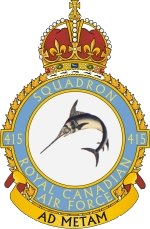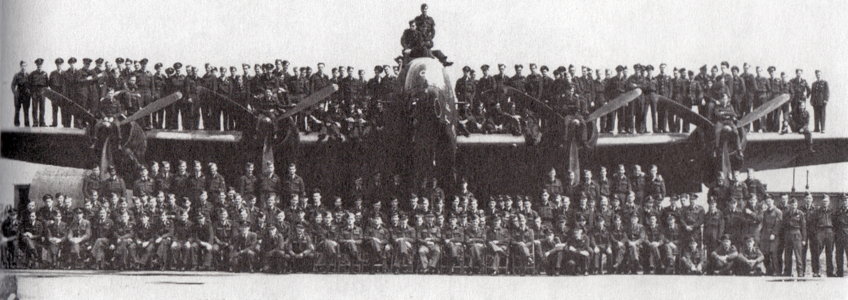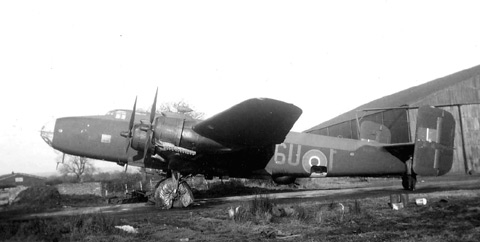 Bomber Command
Bomber Command  |
Aircrew Chronicles
|
Aircrew Losses
|
Nose Art
|
BCATP
|
Lancaster
|
Media
|
Aircrew Chronicles
|
Aircrew Losses
|
Nose Art
|
BCATP
|
Lancaster
|
Media
 Bomber Command
Bomber Command  |
Aircrew Chronicles
|
Aircrew Losses
|
Nose Art
|
BCATP
|
Lancaster
|
Media
|
Aircrew Chronicles
|
Aircrew Losses
|
Nose Art
|
BCATP
|
Lancaster
|
Media
No. 6 Group and the Canadian Squadrons
Bomber Command


|
|
415 Squadron initially served as a torpedo-bombing unit and with Coastal Command. Formed at Thorney Island on 20th August, 1941, this squadron began flying Hampdens and later flew the Blenheim and Beaufort. During D-Day (6th June, 1944), 415 Squadron assisted in the invasion of Normandy by laying smokescreens to aid the Allied Naval Forces in their advance.
The squadron transferred to No. 6 (R.C.A.F.) Group of Bomber Command in July, 1944 and was based out of East Moor. The unit assumed a heavy bomber role when equipped with the Halifax at the same time. Hamburg was the target of the first operational mission as part of the Royal Canadian Air Force, where 15 Halifaxes bombed the area on the 28/29th July, 1944. The squadron regularly attacked strategic and tactical objectives across the Western Front for the remainder of the war.
Below the squadron crest, the motto reads "Ad Metam," or "To the mark" in English. Aircraft carrying markings beginning with "6U" indicated the plane belonged to 415 Squadron.

